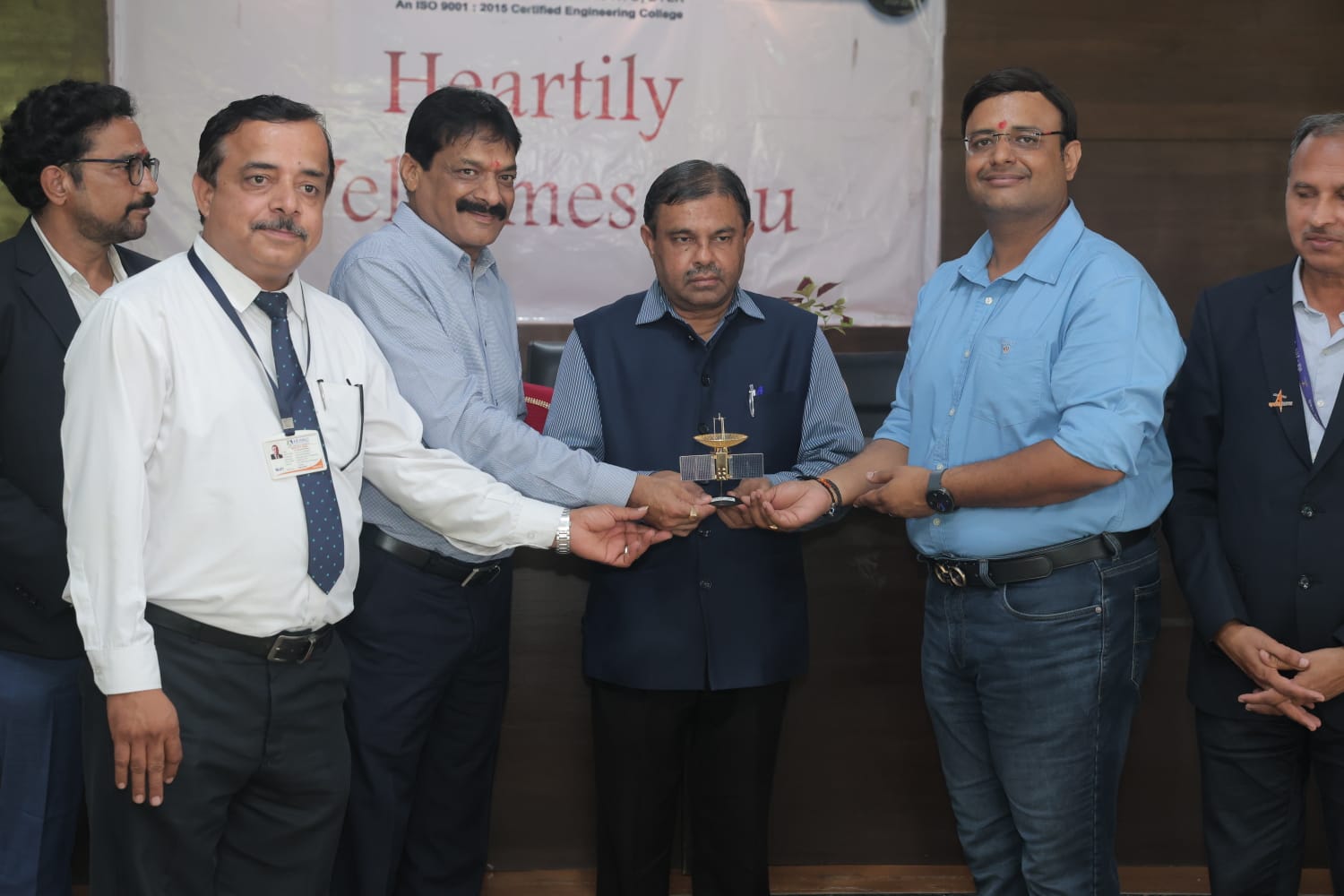
India has entered a new era of space research and exploration, guided by the visionary plans of the Indian Space Research Organisation (ISRO). With remarkable achievements like the Chandrayaan-3 mission, the Mars Orbiter Mission, and several successful satellite launches, the organization has already placed India among the global leaders in space technology. Recently, during a two-day space science exhibition held at the Aravali Institute of Technical Studies in Udaipur, Dr. Nilesh M. Desai, Director of ISRO’s Space Applications Centre (SAC), shared key insights into India’s future space projects. Among the most significant revelations was India’s ambition to establish its very own Indian Space Station by the year 2035.
This announcement has generated excitement not only among scientists and policymakers but also among students and the general public. It symbolizes India’s commitment to becoming self-reliant in space research and to contributing significantly to humanity’s understanding of outer space.
The Roadmap Towards an Indian Space Station
Dr. Desai outlined a clear vision where India aims to transition from its current space missions to a far more advanced infrastructure in orbit. The Indian Space Station will be an independent platform in space, built with indigenous technology and expertise. Unlike existing international collaborations such as the International Space Station (ISS), this will be fully owned and operated by India.
The station will provide facilities for scientific experiments, medical research, advanced space technology testing, and potential commercial applications. It will also prepare India for long-duration space missions, which are essential stepping stones toward future interplanetary exploration. Establishing a space station by 2035 aligns with the government’s broader vision of “Atmanirbhar Bharat” (self-reliant India), ensuring that the nation not only participates in space exploration but also leads in certain domains.
Gaganyaan Mission: A Foundation for the Future
One of the essential milestones leading to the creation of a space station is the Gaganyaan Mission, which will send Indian astronauts into space on an indigenously developed spacecraft. This project will provide ISRO with critical experience in human spaceflight technologies, including life support systems, re-entry mechanisms, and astronaut training.
Dr. Desai emphasized that the success of Gaganyaan will not just mark India’s entry into the elite club of nations capable of human spaceflight, but will also build the technical foundation for operating a permanent space station. The knowledge gained will prove invaluable in designing modules for habitation, research labs, and advanced docking systems required for the space station.
NavIC: India’s Own GPS System
Another major development highlighted during the Udaipur exhibition was India’s NavIC (Navigation with Indian Constellation), which is expected to become fully operational soon. NavIC is India’s regional navigation satellite system designed to provide precise positioning and timing services over India and surrounding regions.
Unlike traditional GPS systems, NavIC will be integrated into devices beyond mobile phones, including specialized navigation equipment for transportation, defense, agriculture, and disaster management. It will play a crucial role in everyday life, offering reliable alternatives to foreign satellite navigation systems. By ensuring independence in navigation services, NavIC contributes to both national security and technological sovereignty.
Space Science Exhibitions: Inspiring Young Minds
The space science exhibition at Aravali Institute of Technical Studies was not merely an event of information-sharing but a significant step towards building awareness and inspiring the younger generation. Students had the opportunity to explore models of satellites, rockets, and space instruments, while also interacting directly with ISRO scientists.
Such platforms bridge the gap between research institutions and students, nurturing curiosity and motivating future scientists, engineers, and innovators. As India sets ambitious goals in space research, encouraging young talent becomes crucial for sustaining innovation and achieving long-term success.
India’s Position in Global Space Research
India’s space journey has always been marked by innovation, cost-effectiveness, and determination. With missions like Chandrayaan-3, which successfully landed near the Moon’s south pole, India demonstrated its ability to achieve what even technologically advanced nations could not accomplish at the same cost.
By aiming to build its own space station, India will not only strengthen its presence in global space research but also open doors for collaborations with developing countries that may not have access to international platforms like the ISS. This could make India a hub for affordable space research and experiments in the coming decades.
The Vision for 2035 and Beyond
The year 2035 may seem distant, but in terms of space exploration, it is a well-calculated timeline. ISRO has laid out intermediate milestones: the success of Gaganyaan, the operational deployment of NavIC, enhanced satellite launches for communication and earth observation, and the development of reusable rockets. Each of these achievements will contribute to the ultimate goal of launching and maintaining a space station.
Beyond 2035, India also envisions interplanetary missions, including human missions to the Moon and Mars. The space station will serve as a testing ground for such missions, ensuring that India is prepared for the challenges of long-term human survival beyond Earth.
Conclusion
The announcement of an Indian Space Station by 2035 is a historic moment in the country’s scientific journey. It reflects India’s determination to achieve self-reliance in space technology and to contribute meaningfully to global space research. With complementary projects like Gaganyaan and NavIC, India is not only setting ambitious goals but also building a strong and sustainable foundation to achieve them.
The exhibition in Udaipur served as a reminder that space exploration is not just about rockets and satellites—it is about inspiring people, especially the youth, to dream beyond boundaries. India’s march towards a space station represents not just technological progress but also the aspirations of a nation ready to lead in the future of space exploration.